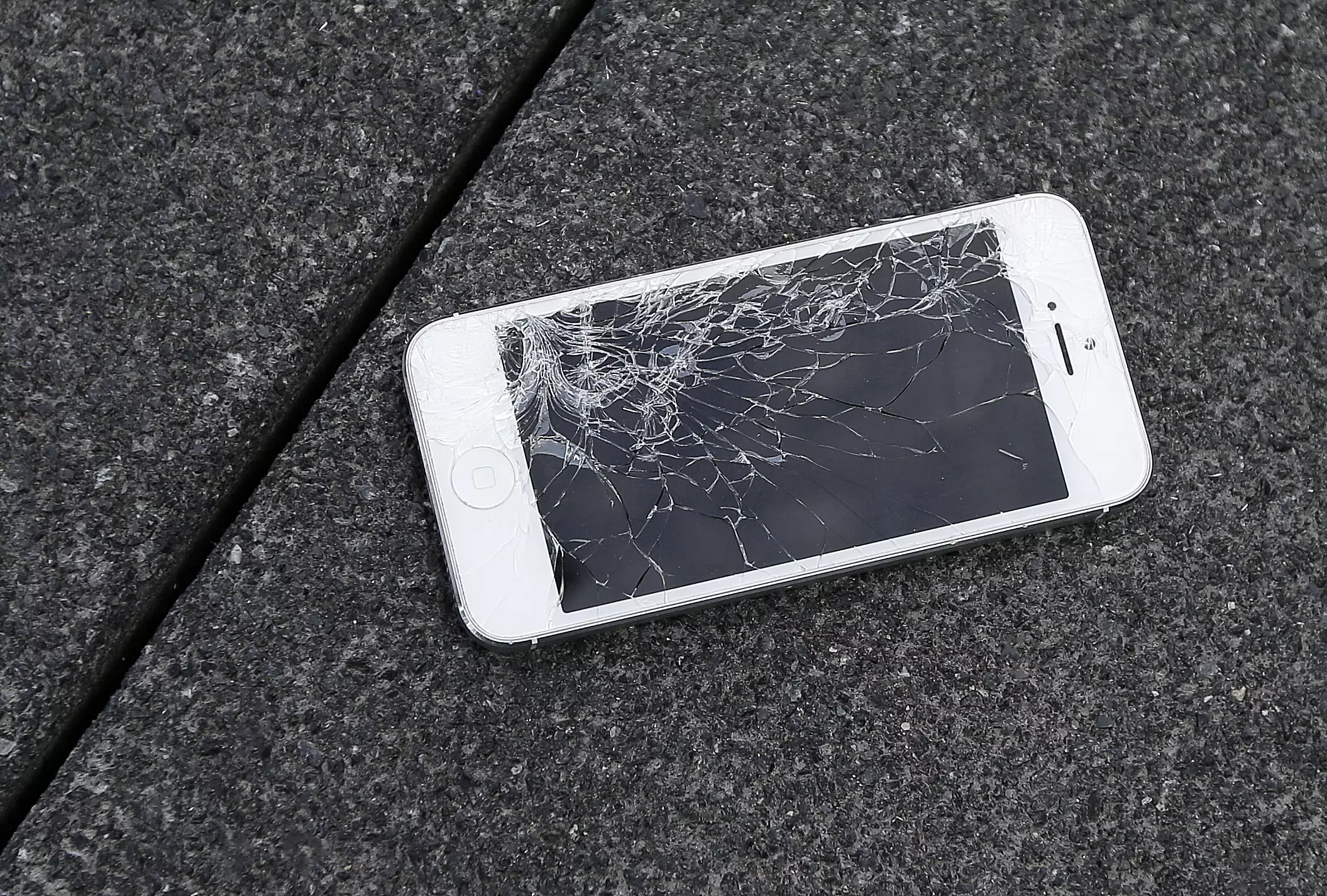
The only reason why I take out insurance for my phone is because I have lost count of the amount of times I have recovered my device from the ground to reveal yet another cracked screen.
Honestly, if my phone had feelings, it would be a victim of abuse in my hands. Yeah sure 'it fell down the stairs' - no really, it fell down the stairs. It also ended up on the grill of a portable burger van in the early hours of the morning the other day.
One night, in fact, my device, that I rely on so heavily, was even thrown in a public bin along with the rubbish in my hands at the time. Thank God for the rice in a bowl trick because it worked and my battered phone lived to fight another traumatic day.
Anyway, the launch of the new iPhone7 was announced the other day. But until the company designs an unbreakable phone, I'm not interested.
Advert
Despite the fact that it's waterproof, and is claimed to be the best iPhone designed so far, I bet it would still suffer from a broken screen if it were to be accidentally dropped from my grip. Therefore, it's not worth me getting my hands on it.
I'm not alone either with my careless ways.
"While almost one third of Brits (31 percent) have damaged a smartphone, we think this figure could grow with the launch of the next iPhone," said AJ Forsythe, CEO and founder of iCracked, a smartphone screen replacement service.
Here's a video that shows the result of the drop test on every iPhone generation.
Advert
Video credit: YouTube/TechRax
A team of UK scientists think that they've cracked it (is that a pun, dunno, maybe), and found a solution to our shattered phones.
It all gets a bit scientific but basically, the team has discovered a new kind of electrode, which conducts electricity through the glass.
Traditional electrodes are made from an expensive metal called indium tin oxide (ITO). The newly discovered electrodes are created from mixing silver nanowires with graphene, reports the Mirror.
Essentially, graphene is thinner than the nanowires, which are already 1/10,000 the width of a human hair. The thinness makes the conductors extremely flexible and more resistant to cracking and breaking.
Put simply, it's good news for those of us who are prone to dropping their phones.
Advert
Featured image credit: PA
Featured Image Credit: